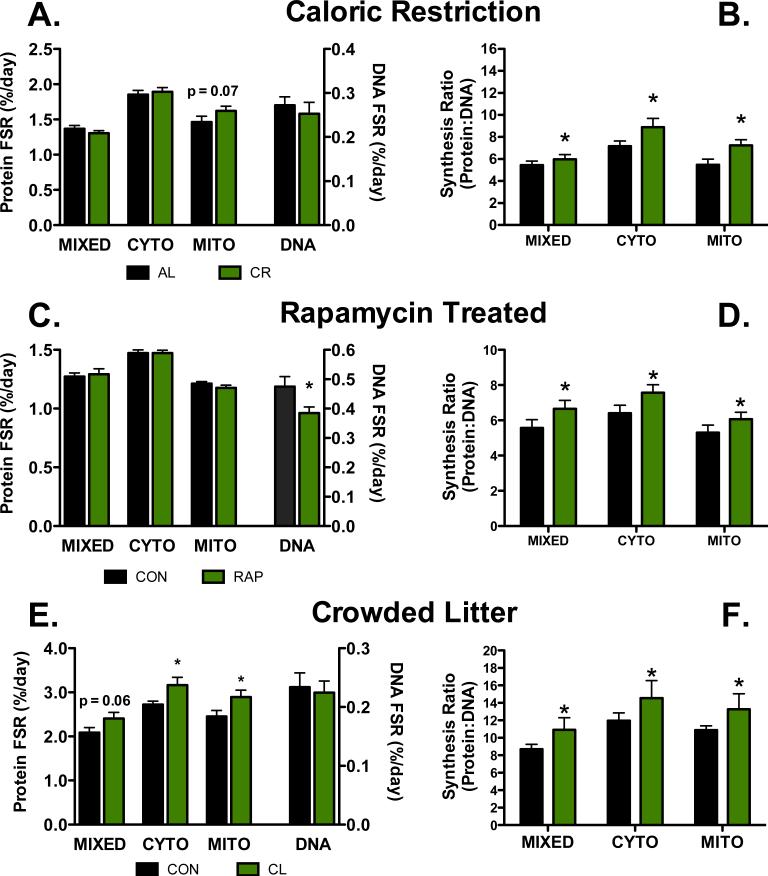Figure 2. Representative protein synthesis, DNA synthesis, and protein synthesis:DNA synthesis in three models of slowed aging.
(A) Synthetic rates of DNA and protein in three fractions of skeletal muscle (MIXED = myofibrillar, CYTO = cytoplasmic, MITO = Mitochondrial) in lifelong calorically restricted mice (CR) and ad libitum fed controls (AL). Although there is a trend for greater mitochondrial protein synthesis in CR, protein synthesis rates are largely similar between CR and AL (data reproduced from (Miller et al., 2013; 2012)). (B) When the data are expressed as a synthesis ratio, it is clear that there is increase protein synthesis dedicated to proteostasis in CR animals as compared to AL. (C) Synthetic rates of DNA and three fractions of heart in chronically fed rapamycin treated (RAP) and age matched controls (CON). There are no differences between RAP and CON for protein synthetic rates, although DNA synthesis is lower in RAP compared to CON. (D) When the data are expressed as a synthesis ratio, there is increased protein synthesis dedicated to maintaining existing protein structures in RAP compared to CON (data reproduced from (Drake et al., 2013)). (E) Synthetic rates of DNA and three fractions of skeletal muscle in crowded litter mice (CL) and normal litter sized controls (CON). As opposed to CR and RAP models, there is greater protein synthesis in CL compared to CON and no difference in DNA synthesis (data reproduced from (Drake et al., 2014)). (F) Despite qualitative differences in synthesis rates in the CL model compared to CR and RAP, the ratio of protein and DNA synthesis rates still imply maintained proteostasis. Data are means ± SEM, n = 4-12/group. *p<0.05 compared to CON for the same fraction.

